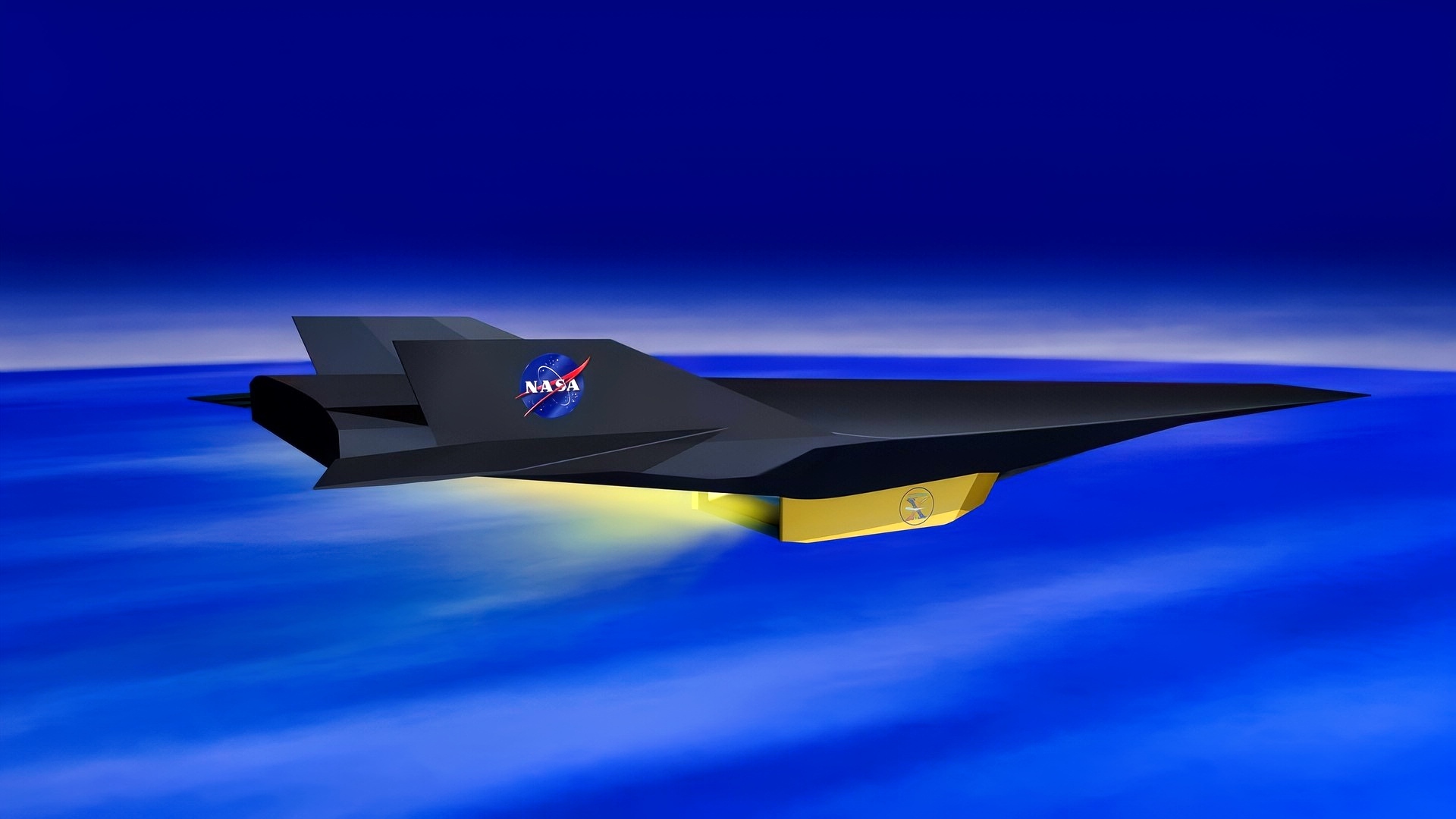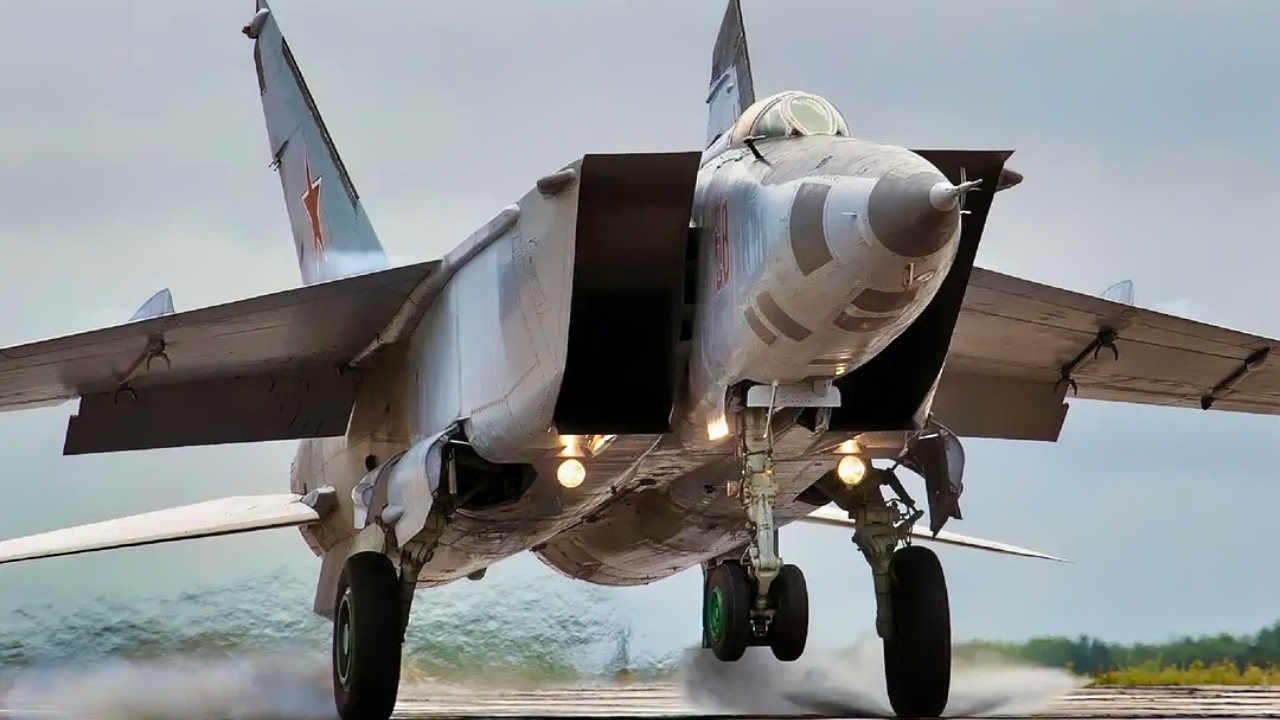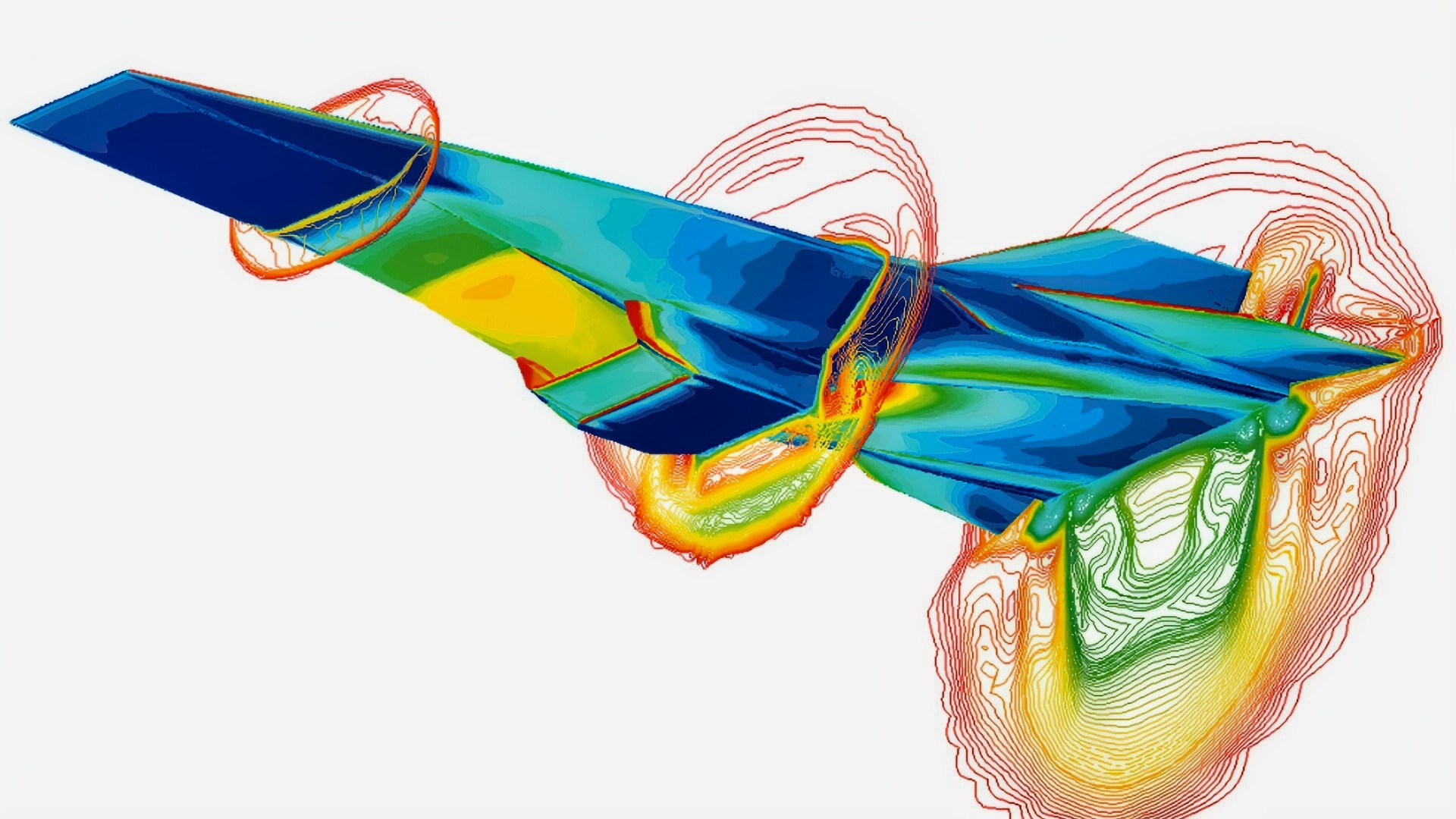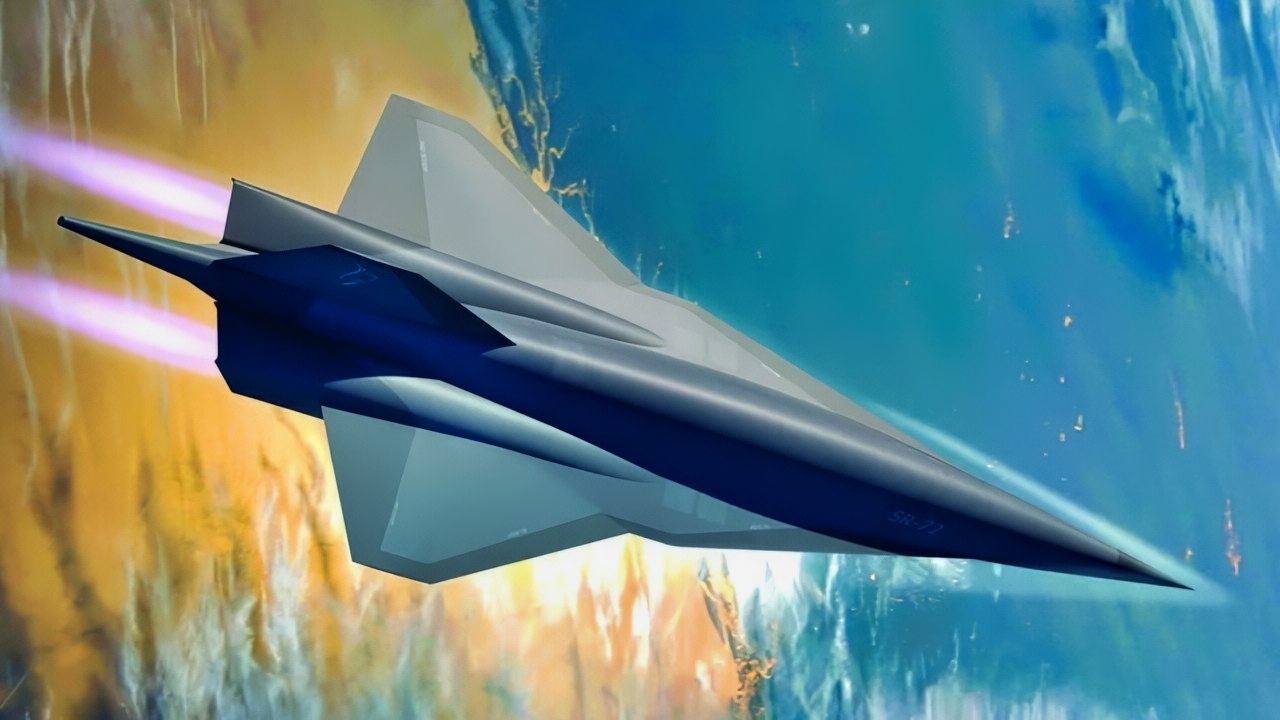Key Points and Summary – A look back at NASA’s X-43A, the unmanned experimental aircraft that holds the world record for the fastest flight by an air-breathing jet.
-As part of the Hyper-X program, the scramjet-powered vehicle was dropped from a B-52 and boosted by a Pegasus rocket.

X-43A from NASA. Image Credit: Creative Commons.
-On its final flight in November 2004, it achieved a staggering Mach 9.68, or over 7,400 mph.
-The record-setting engine burn lasted only about 10 seconds before the unrecoverable craft crashed into the ocean.
-Despite its success, the program was canceled in favor of the longer-duration X-51 Waverider.
X-43A: Life at Mach 9.68
As fictitious Lieutenant Pete “Maverick” Mitchell said in the original Top Gun film back in 1986, “I feel the need for speed.” A
nd to quote the real-life fighter pilots’ motto, “Speed is life.” However, none of the current speed records belong to fighter planes.
Rather they are boasted by spy planes and so-called X-planes (experimental aircraft).
For example, the fastest fighter-interceptor on record, the MiG-25 Foxbat, tops off at a max airspeed of Mach 3.2.

MiG-25 Foxbat Fighter. Image Credit: Creative Commons.
By contrast, the iconic SR-71 Blackbird spy plane still holds the world record as the fastest air-breathing aircraft ever built—officially Mach 3.2 but unofficially at or more than Mach 3.5.
This is all the more impressive given it was initially retired 35 years ago.
Even more impressively, on Oct. 3, 1967, the X-15 rocket plane achieved a speed of Mach 6.7—5,140.7 miles per hour—thus making its test pilot, U.S. Air Force Major William John “Pete” Knight (who retired a Colonel), the fastest human pilot ever.

X-15 from U.S. Air Force Museum Original Photo. Image Credit: National Security Journal.
Venturing into the realm of unmanned X-planes, we reach today’s topic: the X-43A, which attained a mind-numbing speed of Mach 9.68. That’s 7,427 miles per hour.

X-43A Test Image. Image Credit: Creative Commons.
“So We Hit the Floor, Slicked Up to the Nines…”
Unlike the apocryphal Aurora and the SR-72 “Darkstar,” the X-43’s existence is a verifiable fact—it was part of NASA’s Hyper-X program.

SR-72 Artist Image by Lockheed Martin.
A total of three X-43 airframes were built. The first specimen made its maiden flight on June 2, 2001, but didn’t live to tell the tale: The Pegasus booster lost control about eight seconds after ignition when it was released from its carrier B-52, and the X-43A was destroyed by the range safety officer.
During the more successful second and third flights, the scramjets operated for approximately 10 seconds, followed by 10-minute glides and intentional crashes into the ocean. (The vehicles were not designed to be recovered, meaning that sadly, none of them are preserved in museums.)
During the third and final flight—on Nov. 16, 2004—the last of the X-43As attained that airspeed of Mach 9.68. It reached the mark as it flew over the Pacific Ocean west of California at an altitude of about 110,000 feet.
As a result, NASA was officially recognized by Guinness World Records for setting the speed record for a jet-powered aircraft. The previous record for an air-breathing vehicle was held by a ramjet-powered missile that achieved slightly more than Mach 5.
Booted from the Party Early
Despite the X-43’s world record-smashing accomplishment, it still ended up on the chopping block.
The X-43C was suspended indefinitely in March 2004, with the Boeing X-51 Waverider tabbed as the successor project.
The X-51, which completed its first powered hypersonic flight on May 26, 2010, did not attain the same speed capabilities as the X-43, topping out at a comparatively modest (though still hypersonic) Mach 5, and an altitude of 70,000 feet.
However, the Waverider did notch some records in its own right, such as the longest duration for a powered hypersonic flight—it lasted for more than six minutes on May 1, 2013. Moreover, as noted by the official U.S. Air Force fact sheet, the “X-51A program was an unprecedented achievement proving the viability of air-breathing, high-speed scramjet propulsion using hydrocarbon fuel.”
As in the case of the X-43, the X-51 used the B-52 Stratofortress bomber as a launching platform.
And as was the case for the X-43A, the Waverider was not designed to be recovered. A total of four were built.
What Might Have Been: The Would-Be X-43D
The X-43D would have actually expanded the speed envelope to an even more incredible Mach 15.
As of January 2005, only a feasibility study had been conducted.
According to the introduction of the study, “The purpose of the X-43D is to gather high Mach flight environment and engine operability information which is difficult, if not impossible, to gather on the ground.”
About the Author: Christian D. Orr, Defense Expert
Christian D. Orr is a Senior Defense Editor. He is a former Air Force Security Forces officer, Federal law enforcement officer, and private military contractor (with assignments worked in Iraq, the United Arab Emirates, Kosovo, Japan, Germany, and the Pentagon). Chris holds a B.A. in International Relations from the University of Southern California (USC) and an M.A. in Intelligence Studies (concentration in Terrorism Studies) from American Military University (AMU). He is also the author of the newly published book “Five Decades of a Fabulous Firearm: Celebrating the 50th Anniversary of the Beretta 92 Pistol Series.”
More Military
It’s Official: Boeing Strike Is Delaying New F-15EX Eagle II Fighter Jets
‘Brink of Nuclear War’ if U.S. Sends Tomahawks to Ukraine?
China’s Sixth-Generation White Emperor Fighter Simply Summed Up in 1 Word
A Russian Pilot Defected with a Mach 2.3 MiG-29 Fulcrum Fighter Jet










